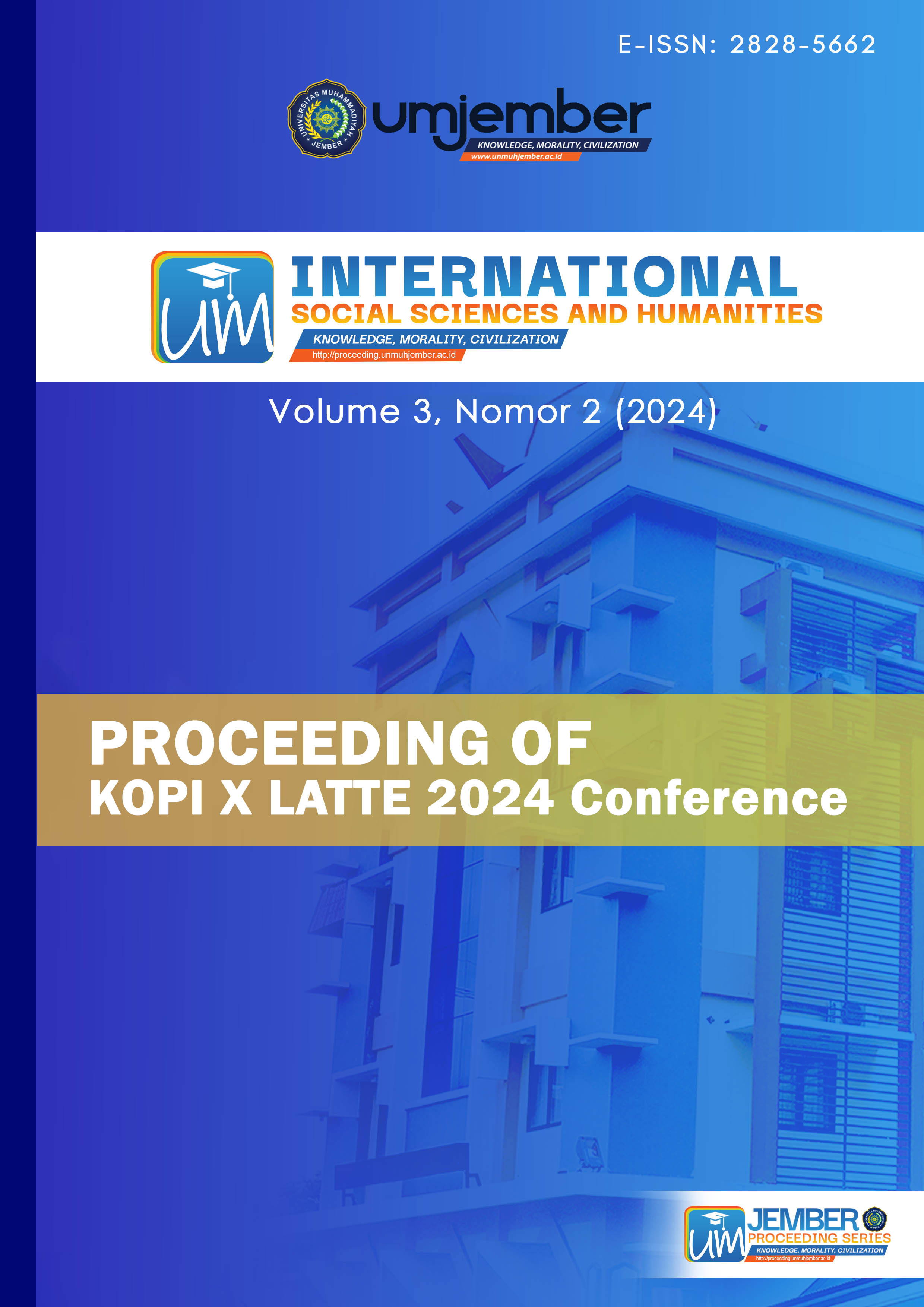The Power of Narratives: Instilling Moral Lesson in Gen Z through Classic Short Stories
DOI:
https://doi.org/10.32528/issh.v3i2.586Keywords:
Gen Z, Moral Lesson, Classic Short StoriesAbstract
This study explores the enduring power of classic short stories to instill moral values in Generation Z (Gen Z) through stories. A comprehensive database of classic narratives is compiled, each accompanied by its moral lesson and accessible sources for further exploration. Spanning various themes such as duty, humility, greed, sacrifice, friendship, and compassion, these stories offer timeless insights into human nature and ethical dilemmas. Despite their age, these narratives remain remarkably relevant, transcending generational boundaries and resonating with contemporary audiences. By engaging with classic short stories through online platforms and digital adaptations, Gen Z can immerse themselves in rich narratives that prompt critical thinking, empathy, and moral reflection. Through this exploration, the study underscores the enduring significance of classic short stories as vehicles for ethical education, cultural heritage preservation, and personal growth across generations.
Downloads
References
Adi, D. (2023). Dewa Ruci graphic narrative adaptation: Popular media to introduce classical wayang mythol-ogy and alternative character education content for Generation Z. E3S Web of Conferences, 426, 02026. https://doi.org/10.1051/e3sconf/202342602026
Choo, Y. B., Abdullah, T., & Mohd Nawi, A. (2020). Digital storytelling vs. oral storytelling: An analysis of the art of telling stories now and then. Universal Journal of Educational Research, 8(5A), 46-50. https://doi.org/10.13189/ujer.2020.081907
Giray, L. (2022). Meet the Centennials: Understanding the Generation Z students. Journal of Southeast Asian Studies, 7(1), 26. https://so07.tci-thaijo.org/index.php/IJSASR/article/view/1132. https://doi.org/10.14456/jsasr.2022.26
Hernanda, R. W., Sapitri, A. R., Al Adawiyah, K. A., Amalia, R., & Muthaqin, D. I. (2021). Literature review: General description of mental revolution to improve characteristic of citizen, especially among Genera-tion Z. Journal of Research in Social Science, Education and Management, 1(1), 31-45. https://doi.org/10.36418/jrssem.v1i1.2021
Islam, S., Muharom, F., Annur, F., Senja, A. A., & Alfi, K. Z. (2022). Strengthening character education for Gen Z in the era of disruption through a personal-constructive Sufi approach. Tadris: Journal of Education and Teaching, 17(2), 299-315. https://doi.org/10.19105/tjpi.v17i2.6882
Jiang, H., Yao, J., Cheng, P., & Hou, S. (2021). Nostalgia-driven design and digitalization of brand spokes-characters for Generation Z. E3S Web of Conferences, 236, 05063. https://doi.org/10.1051/e3sconf/202123605063
Larson, H. (2019). Björnstjerne Björnson: A study in Norwegian nationalism. Columbia University Press. ISBN: 9780231879019. https://doi.org/10.7312/lars90492
London, J. (2023). To Build a Fire. Diamond Pocket Books Pvt Ltd. ISBN: 9356844216, 9789356844216.
Maupassant, G. de. (2016). In the mind's eye: The necklace. eBook ISBN 9781003235750.
Mayangsari, C. A., Utomo, C. B., & Pujiati, A. (2020). Building characters and socio-culture values to Genera-tion Z of batik craftsman family in Pekalongan. Journal of Educational Social Studies, 9(2), 1-9. http://journal.unnes.ac.id/sju/index.php/jess
Mitchell, L. C. (1986). Keeping his head: Repetition and responsibility in London's "To Build a Fire". Journal of Modern Literature, 13(1), 76-96.
Mumtaz, R., Aisah, F. N., & Noviningtyas, I. N. (2022). The preservation of Besutan Jombang arts as characters building of Generation Z. Proceedings of MUMTAZ, 2022.
Pizer, D. (2010). Jack London's "To Build a Fire": How not to read naturalist fiction. Journal of Philosophy and Literature, 34(1), 218-227. https://doi.org/10.1353/phl.0.0078
Sasmita, R. (2022). Character education method from the lens of Al-Ghazali on Generation Z. EDUSOSHUM Journal of Islamic Education and Social Humanities, 2(2), 121-130.
Sentana, A. A. B., Marnina, & Winarsih, S. (2023). An analysis of main character's motivation in Jack London's short story entitled "To Build A Fire". Musamus Journal of Language and Literature, 5(2), 218-227. p-ISSN: 2622-7843. e-ISSN: 2622-7894.
Snodgrass, W. D. (1958). A rocking-horse: The symbol, the pattern, the way to live. The Hudson Review, 11(2), 191-200.
Tarigan, T. A., Liui, F., Hanif, M., & Pandin, M. G. R. (2022). Challenges and solutions in maintaining Indone-sian Generation Z nationalism in the digitalization era. Jurnal Syntax Fusion, 2(2). https://doi.org/10.54543/fusion.v2i02.160
Thi Oanh, D. (2020). Jack London and Ernest Hemingway: The similarities in building characters’ self-consciousness and self-management in "To Build a Fire", "The Law of Life", and "The Snows of Kiliman-jaro". VNU Journal of Foreign Studies, 38(6), 138-147. https://doi.org/10.11113/lspi.v7n1.101
Yi, T. Y., & Abdul Samat, N. (2020). Quality teaching practice: Value education in the language classroom. LSP International Journal, 7(1), 121-133. https://doi.org/10.36418/jrssem.v1i1.2021
Downloads
Published
Issue
Section
License

This work is licensed under a Creative Commons Attribution-NonCommercial 4.0 International License.


